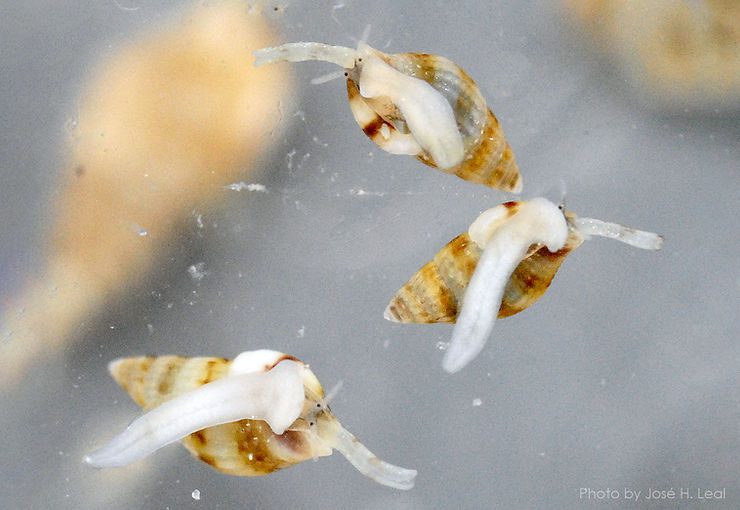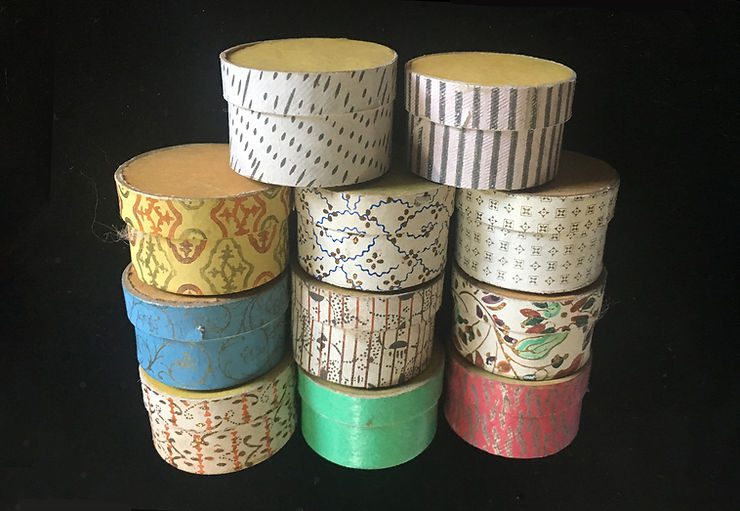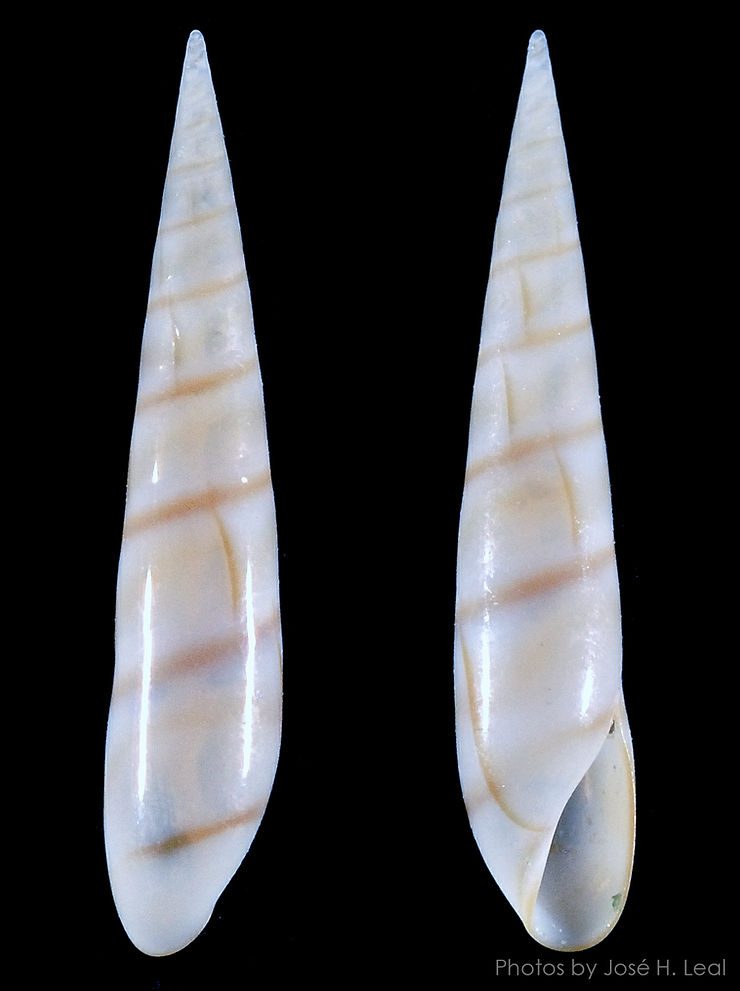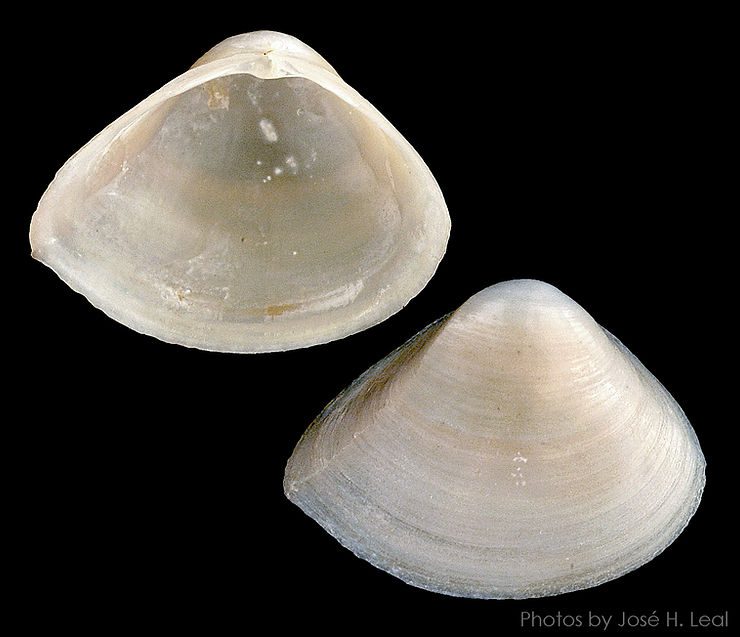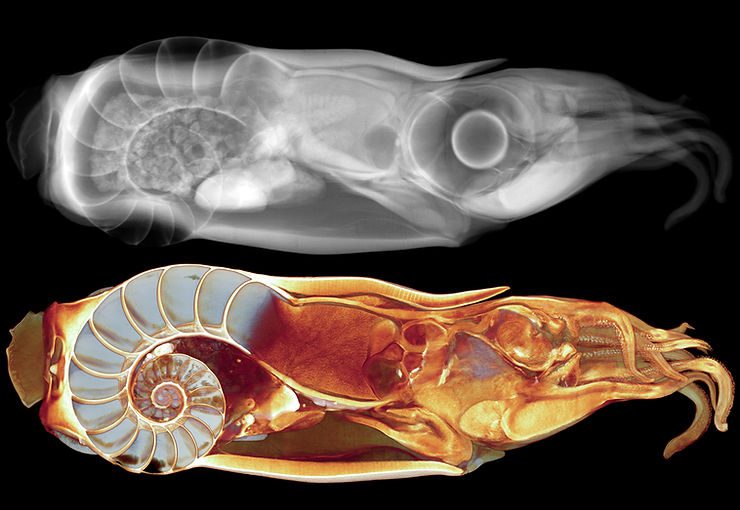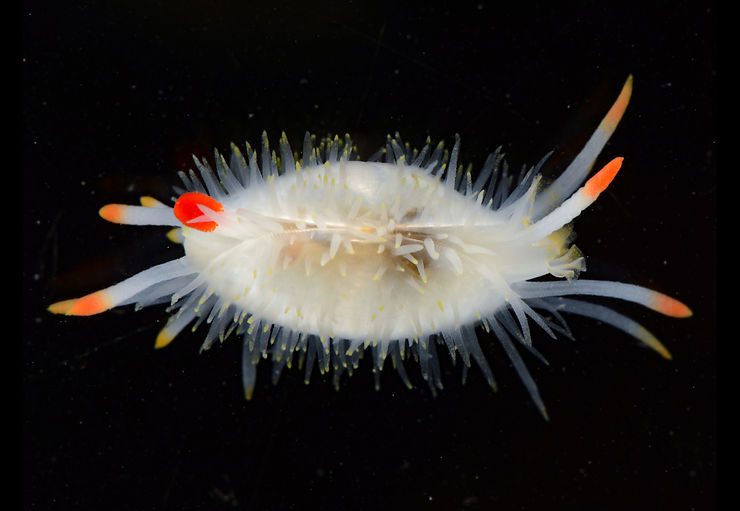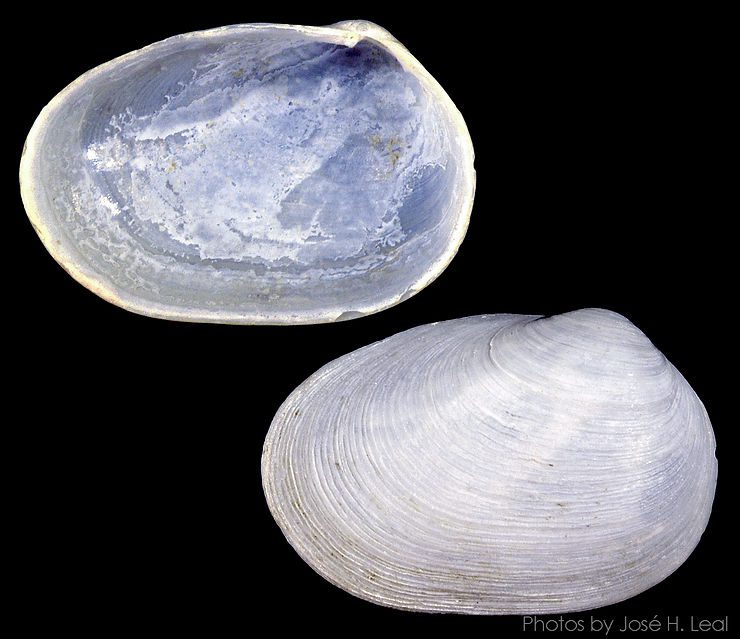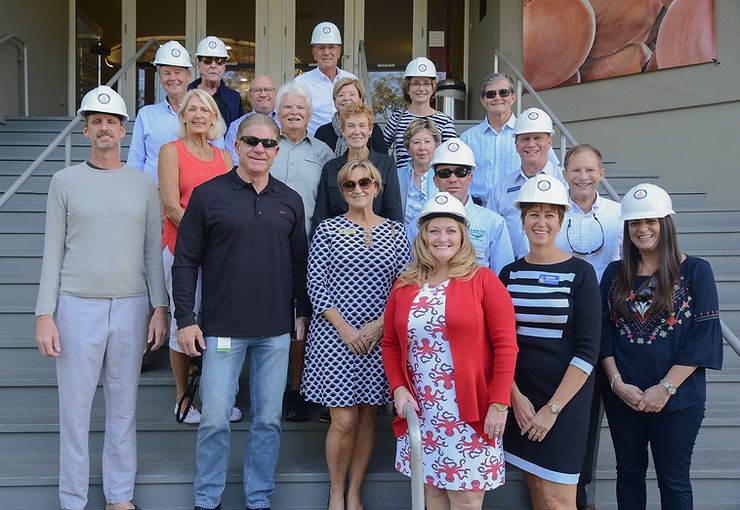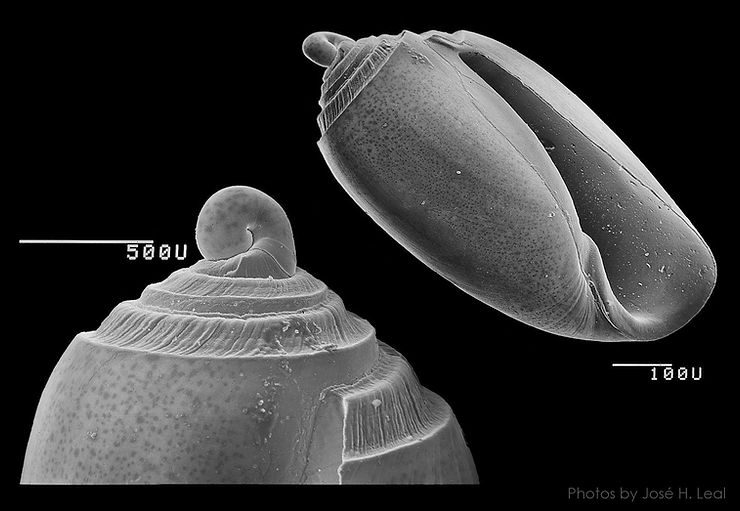
What’s With That Protoconch?
This unidentified Acteocina "canoe bubble snail" is found on the shores of Fernando de Noronha, an oceanic archipelago located off the coast of northeastern Brazil. The 3.5 mm (about 0.14 inch) adult shell displays on its apex ("top" of the shell) the remnants of the larval shell, or protoconch. Members of the family Acteocinidae have unusual heterostrophic protoconchs, in which the direction of coiling during shell growth changes by about 90 degrees at the shift between larva to adult. The res
